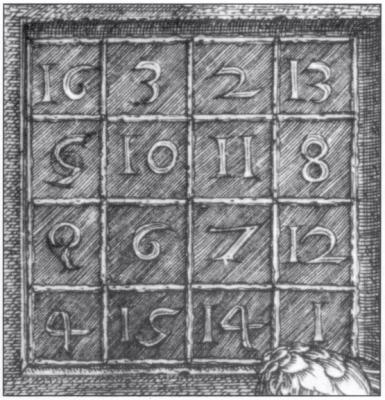... newer stories
Samstag, 4. September 2010
Wasser auf Neptun/Uranus
klauslange,18:24h
Im deutschen Sprachraum bislang nicht weiter verbreitet, habe ich in New Scientist folgende Meldung gefunden:
http://www.newscientist.com/article/mg20727764.500-weird-water-lurking-inside-giant-planets.html
Daraus nur zwei Hihglights:
WHAT glows yellow and behaves like a liquid and a solid at the same time? Water - at least in the strange form it appears to take deep within Uranus and Neptune. This exotic stuff might help explain why both planets have bizarre magnetic fields.
Simulations in 1999 and an experiment in 2005 hinted that water might behave like both a solid and a liquid at very high pressures and temperatures. Under such conditions, the oxygen and hydrogen atoms in the water molecules would become ionised, with the oxygen ions forming a lattice-like crystal structure and the hydrogen ions able to flow through the lattice like a liquid. This "superionic" water, forming at temperatures above 2000 °C or so, should glow yellow.
The extreme conditions that exist deep within Uranus and Neptune could be ideal for superionic water to form. But whether it really occurs inside these planets, and in what quantities, has never been clear because of uncertainty over the exact pressures and temperatures needed to make it.
Now the most detailed computer models yet, created by a team led by Ronald Redmer of the University of Rostock in Germany, suggest both planets possess a thick layer of the stuff. The simulations assume the most extreme conditions possible inside both planets, with temperatures reaching up to 6000 °C and pressures 7 million times the atmospheric pressure on Earth. The results show that a layer of superionic water should extend from the rocky core of each planet out to about halfway to the surface (Icarus, DOI: 10.1016/j.icarus.2010.08.008).
That tallies nicely with the results of a 2006 study led by Sabine Stanley, now at the University of Toronto, Canada, and Jeremy Bloxham of Harvard University, attempting to explain both planets' curious magnetic fields. Whereas Earth's magnetic field resembles that of a bar magnet, on Uranus and Neptune nearby patches of the surface can have fields of opposite polarity.
http://www.newscientist.com/article/mg20727764.500-weird-water-lurking-inside-giant-planets.html
Daraus nur zwei Hihglights:
WHAT glows yellow and behaves like a liquid and a solid at the same time? Water - at least in the strange form it appears to take deep within Uranus and Neptune. This exotic stuff might help explain why both planets have bizarre magnetic fields.
Simulations in 1999 and an experiment in 2005 hinted that water might behave like both a solid and a liquid at very high pressures and temperatures. Under such conditions, the oxygen and hydrogen atoms in the water molecules would become ionised, with the oxygen ions forming a lattice-like crystal structure and the hydrogen ions able to flow through the lattice like a liquid. This "superionic" water, forming at temperatures above 2000 °C or so, should glow yellow.
The extreme conditions that exist deep within Uranus and Neptune could be ideal for superionic water to form. But whether it really occurs inside these planets, and in what quantities, has never been clear because of uncertainty over the exact pressures and temperatures needed to make it.
Now the most detailed computer models yet, created by a team led by Ronald Redmer of the University of Rostock in Germany, suggest both planets possess a thick layer of the stuff. The simulations assume the most extreme conditions possible inside both planets, with temperatures reaching up to 6000 °C and pressures 7 million times the atmospheric pressure on Earth. The results show that a layer of superionic water should extend from the rocky core of each planet out to about halfway to the surface (Icarus, DOI: 10.1016/j.icarus.2010.08.008).
That tallies nicely with the results of a 2006 study led by Sabine Stanley, now at the University of Toronto, Canada, and Jeremy Bloxham of Harvard University, attempting to explain both planets' curious magnetic fields. Whereas Earth's magnetic field resembles that of a bar magnet, on Uranus and Neptune nearby patches of the surface can have fields of opposite polarity.
... link (0 Kommentare) ... comment
... older stories

